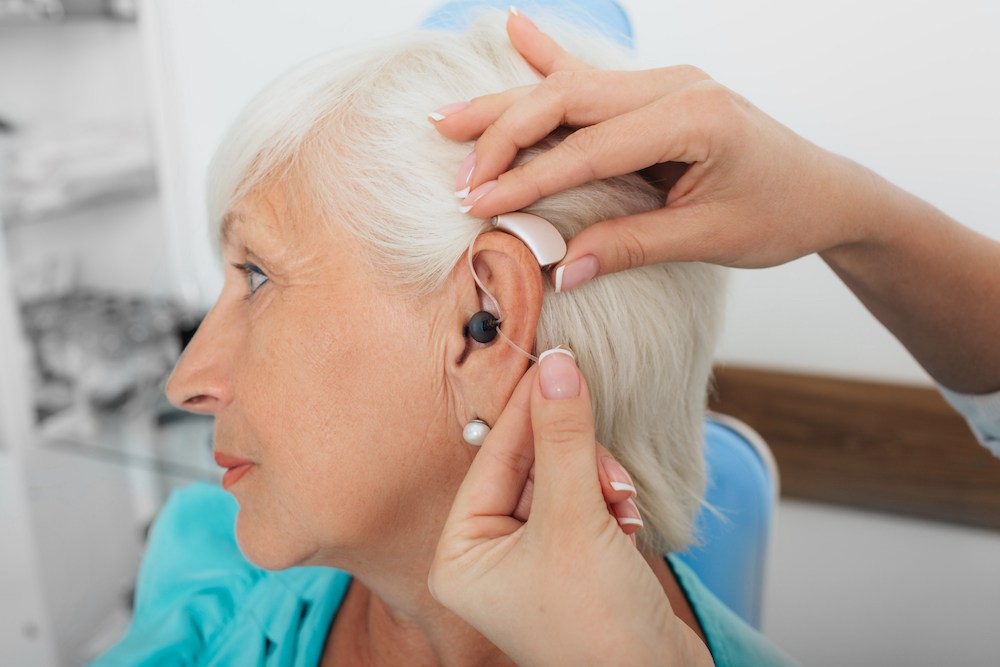The Effects of Cold and Dry Air on Tinnitus
Winter is here, and you may have noticed your tinnitus symptoms becoming


Winter is here, and you may have noticed your tinnitus symptoms becoming

There are a variety of hearing tests. They are designed to assess your

Over the last decade or so, hearing aids have come leaps and bounds in